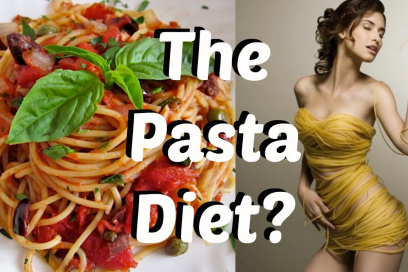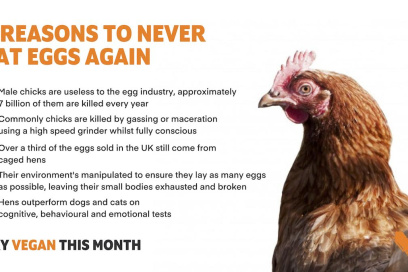As more people explore plant-based diets for both health and environmental reasons, protein sourcing becomes ever more pressing. Although animal products are known for being rich sources of protein, there are various plant-based alternatives which offer protein alternatives. As is widely known, various vegetables possess exceptionally high protein contents. If you are vegan looking to increase their protein intake or interested in trying something different in their diet, one may wonder which vegetable has the highest concentration. In this comprehensive article, we will not only explore our search for the highest protein vegetable but also discover six vegetables that can satisfy both vegans and vegetarians, adding variety and nutrition to their diets. At our core is a focus on "which vegetable has the most protein." In addition, we will draw upon relevant that cover plant-based protein sources. Through collective knowledge acquisition and exploration of this vast topic, let us begin our voyage of discovery and introduce ourselves to high protein veggie sources suitable for vegan diets.
I. High-Protein Vegetables
Vegetables rich in protein are among the most fascinating subjects to research. When considering vegetables high in protein content, broccoli typically comes to mind first - for good reason as its verdant powerhouse boasts 3 grams per 100-gram serving! Although this may seem low, when eaten together at meals this amount quickly adds up.
Broccoli is an adaptable food, easily fitting into many meals. Roasting this veggie in the oven with sea salt, garlic powder and black pepper sprinkled on is an easy way to incorporate broccoli into various diets. But broccoli can also be prepared by steaming, sauteing or being blended into smooth soups!
Yet it should be remembered that broccoli isn't the only high-protein vegetable on the market; spinach provides approximately three grams of protein for every 100 grams consumed and provides other essential nutrients like iron, calcium and vitamin A.
Spinach is an amazingly adaptable ingredient and can be incorporated into a variety of dishes with ease. Try adding spinach to a smoothie for extra nutrients or mixing into an authentic frittata to get maximum flavour from this versatile food source. Plus, its sweet yet mild taste blends perfectly into many meals without overshadowing any bitter or sour notes that might otherwise exist!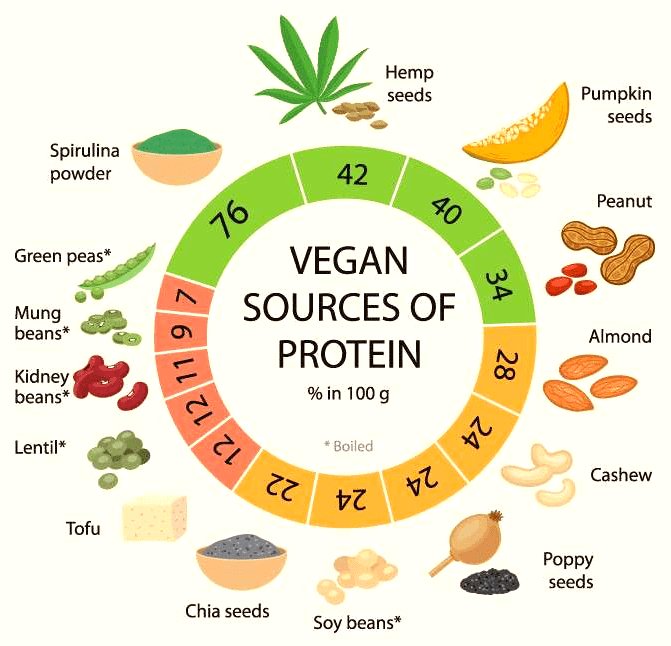
Asparagus is another notable source of protein. While its protein content may not reach as high as spinach and broccoli, asparagus still packs around 3.1 grams per 100 grams consumed and provides essential fiber, vitamins A, C, K and folate benefits.
Asparagus can be prepared in numerous ways, from roasting and sauteing to grilling. Enjoy it alone, add garlic and lemon juice for added flavor, or combine with other veggies in a stir fry for extra protein and crunchiness!
Overall, adding high-protein vegetables to your diet is an effective way of increasing protein consumption while enjoying delicious plant-based nourishment. From broccoli to spinach and asparagus - or all three! - with some creativity you will undoubtedly come up with delicious and nutritous combinations that satisfy the palate.
Learn more at Diet Doctor about high-protein vegetables.II. Protein-Rich Legumes
Integrating protein into a plant-based diet may seem challenging, but legumes offer a way. Packed full of essential fiber, iron, and protein sources such as lentils and chickpeas - each boasting their own special attributes - legumes are a fantastic solution.
Lentils
Lentils provide an impressive 9 grams per half-cup serving of protein. Lentils are versatile culinary staples that can easily be added to dishes like soups, salads and curries, adding bulk and heartiness. One such recipe includes delicious lentil soup featuring spinach and carrots to provide your body with essential vitamins it needs for staying healthy.
Chickpeas
Now let's not overlook the amazing chickpea. A popular ingredient in aromatic hummus dip, chickpeas contain approximately 7.3 grams of protein per half-cup serving - an excellent way to increase protein consumption! Roast these tasty treats in the oven to create crispy crunchy snack that is great for topping salads, adding to stews or turning into mouthwateringly delicious hummus dip.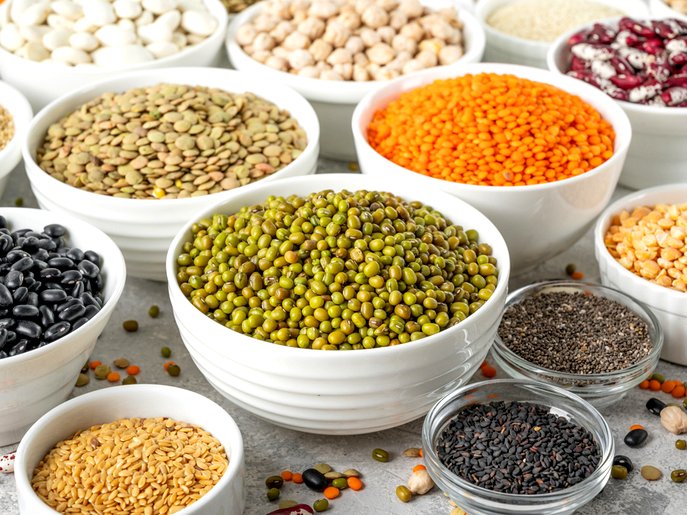
Other Legumes
Of course, there are other legumes out there offering delicious sources of protein to tantalize your taste buds! Black beans, kidney beans and navy beans each offer an ample serving of this essential nutrient; black beans add extra zest to salads while navy beans go perfectly with vegetarian chili - there are literally endless possibilities when it comes to adding legumes into daily meal planning! By including various legumes into your routine you can ensure an ample source of daily protein intake.
Conclusion: Protein-rich legumes make an ideal addition to an exciting, tasty, and nutritional plant-based culinary journey. From zesty salads to hearty stews, legumes can add texture and variety to meals across every dish type imaginable - why not spice up your meal plan with legumes today and benefit from eating a protein-rich diet for overall wellness?
III. Powerhouse Vegetable: Spinach
Spinach, the dark leafy green with its vast abundance of nutritional elements such as proteins, iron, calcium and vitamins A & K provides vital nourishment that supports many aspects of health.
But wait a second! Not only is spinach an nutrient powerhouse, it is also highly malleable - accommodating to various culinary uses in salads, quiches and smoothies alike! Incorporating more spinach is an easy and reliable way to boost its vitamin profile in your dishes.
Sauteing Spinach
Sauteing spinach can be a culinary triumph: its inherent nutrients remain preserved while simultaneously adding delicious flavor and texture. If you want variety in your diet, try substituting it for lettuce in sandwiches, wraps and tacos for even greater health benefits! It really packs quite an impressive nutritional punch!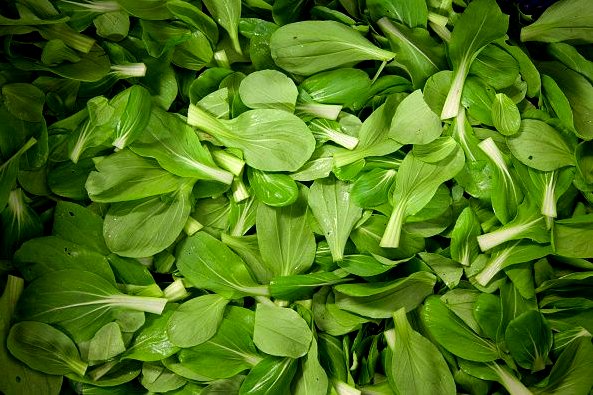
Simply remarkable, spinach not only boasts high levels of protein and other essential nutrients but is also loaded with antioxidants and anti-inflammatory agents, making it a healthy addition to anyone's diet.
Spinach Salad
A spinach salad paired with grilled chicken, mushrooms and vinaigrette provides an ideal dinner that achieves both satisfaction and well-being simultaneously.
As such, spinach should be considered an obvious addition to meal plans when searching for healthy options to enhance nutrition intake. Be it veganism, fitness or simply increasing nutrient levels - spinach offers both tasty and complex textures in abundance!
Learn more on masala.com about spinach, the powerhouse vegetable.IV. Quinoa: The Protein-Packed Seed
Quina, commonly mistaken as a grain, is actually an edible seed that is increasingly being utilized in culinary dishes. Being one of the few complete protein sources, quinoa boasts nine essential amino acids required by humans but cannot produce themselves; just one cup of cooked quinoa provides 8 grams of protein - making it an excellent option for vegans looking for quality sources of protein.
Abundance of Nutrients
Quina, an unheralded seed, boasts an abundance of essential vitamins and nutrients including fiber, iron and magnesium - as well as offering an effortless preparation method which makes quinoa suitable for replacing grains such as rice and pasta, providing greater versatility for any dish!
Health Enthusiasts' Favorite
Quina is often revered by health enthusiasts and can make for an excellent main or side dish. A salad featuring tomatoes, crunchy cucumbers and aromatic onions is an outstanding way to savor quinoa's plant-based protein; alternatively it can serve as an indispensable addition to soup or stew recipes.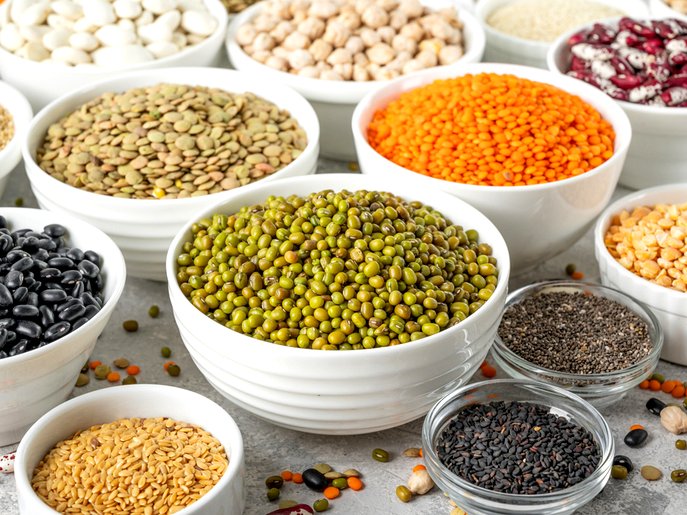
Moderation is Key
Quina is known to contain high concentrations of carbohydrates, making it important to consume in moderation in meals with other plant-based proteins like beans or sweet potatoes for balance in terms of macros. When eaten alongside these vegetables it may help bring harmony back into a meal's macros.
Superiority in Nutrition
Quina stands out as an outstanding protein-packed option in the pursuit of complete proteins, easy preparation and adaptability in recipes are two hallmarks of superiority in nutrition. So take some risks in the kitchen and experiment on this prodigious seed - who knows, delicious dishes may just come about.
"Quinoa, being a complete protein source, is an excellent option for vegans looking for quality protein".
- High in protein
- Excellent source of fiber
- Contains essential vitamins and minerals
Conclusion
Modern life highlights the significance of including protein in our diets as an essential component. While animal products were once touted as top sources of protein, vegans and vegetarians now have access to an abundance of plant-based options like broccoli and quinoa that provide ample amounts of high-protein vegetables and legumes.
Therefore, by including plant-based sources of protein into our daily meals we can quickly increase our protein consumption. There are countless possibilities when it comes to including these nutritious ingredients into soup, salad and stir fry dishes; you have nothing stopping you!
Vegan and vegetarian lifestyles offer incredible health advantages, from high protein plant-based options providing our bodies with essential vitamins and minerals to delicious dishes that delight both tastebuds and bellies alike. So why not branch out and discover recipes that satisfy both mind and body alike - it will reap positive rewards both mentally and physically.



